Slavery in California
California, often mythologized as the land of gold, sunshine, and endless opportunity, is also home to a buried and often neglected past intertwined with slavery, human exploitation, and the enduring remnants of the slavery industrial complex. Despite being admitted to the Union in 1850 as a "free state," California's economic and social systems have long been shaped by racial hierarchies, forced labor, and corporate interests that profited from human suffering. This contradiction between image and reality reflects a broader American paradox, where ideals of freedom and equality have historically coexisted with the systems of bondage and racial subjugation. The story of slavery in California does not fit neatly into the Southern plantation narrative taught in schools, yet it is no less significant or devastating in its impact.
California's history of slavery began long before it became a U.S. state. Indigenous people were enslaved under the Spanish Mission system as early as the 18th century. When Spain colonized California in the late 1700s, it imposed forced labor on Native communities under the guise of Christianization and civilization. Franciscan missionaries established 21 missions along the California coast, turning them into centers of agricultural and spiritual labor. Indigenous people were coerced into working the land, building churches, and serving the clergy, often under brutal conditions. They were not paid, their movement was restricted, and they were subjected to corporal punishment and disease. This system, while not labeled "slavery" in the legal sense, contained all the essential elements of slavery: lack of freedom, lack of consent, unpaid labor, and violence-backed control.
When Mexico gained independence from Spain in 1821, the mission system declined, and the secularization of land began. However, the practice of exploiting Indigenous labor persisted, now under Mexican landowners and settlers. With the U.S. annexation of California and the discovery of gold at Sutter’s Mill in 1848, the influx of white settlers and fortune-seekers dramatically escalated the violence and displacement against Native peoples. The California Gold Rush era was a critical turning point in the evolution of slavery and human exploitation in the state. During this period, many white settlers openly enslaved Native Americans through a system known as "Indian indenture." These so-called "apprenticeships" were legalized by the 1850 Act for the Government and Protection of Indians, which allowed white settlers to arrest, convict, and contract Indigenous people, including children, for unpaid labor. Thousands of Indigenous people were captured, sold, and trafficked across the state in a shadow economy of human bondage.
This system was not simply tolerated by the state government—it was actively endorsed and subsidized. California's first governor, Peter Hardeman Burnett, openly advocated for the extermination of Native Americans and oversaw state-funded militias that conducted genocidal raids on Indigenous communities. Between 1850 and 1870, California spent over $1.5 million (equivalent to tens of millions today) reimbursing private militias for hunting Native people, killing men, and capturing women and children for forced labor. These acts of state-sanctioned genocide and slavery laid the foundation for California's rapid economic growth in its early decades. Gold mining, agriculture, railroad construction, and infrastructure development—all of which depended on cheap or coerced labor—were instrumental in transforming California into a wealthy and powerful state.
African Americans also faced bondage and systemic exclusion in California despite the nominal status of freedom. Many white slaveholders from the South brought their enslaved Black laborers to California during the Gold Rush era, using them to dig for gold or work in households. Though California's constitution of 1849 prohibited slavery, enforcement was weak, and many local authorities turned a blind eye to enslavers who continued the practice. Courts often ruled in favor of slaveholders, especially if the enslaved persons had not officially petitioned for their freedom or had not been in the state for long.
The infamous case of Archy Lee in 1858 epitomizes the legal contradictions of slavery in California. Lee, an enslaved man brought to Sacramento by his Mississippi owner Charles Stovall, escaped and sought asylum with free Black residents. Though California law technically protected Lee's freedom, a local judge initially ruled he should be returned to his master. The case drew national attention, prompting protests from the Black community and abolitionist groups. Only after intense public pressure did the state supreme court overturn the ruling, freeing Lee. This case highlighted both the legal precariousness of Black life in California and the tension between its anti-slavery rhetoric and pro-slavery practices.
As the state industrialized, it continued to rely on exploitative labor systems that bore the legacy of slavery. Chinese immigrants, brought to the U.S. in large numbers during the mid-19th century, were subjected to conditions akin to slavery in railroad construction, agriculture, and domestic work. Many were lured to California under false promises and quickly became victims of debt bondage, wage theft, violence, and exclusionary laws like the Chinese Exclusion Act of 1882. Similarly, Japanese, Filipino, Mexican, and other non-white laborers were systematically exploited in California's booming agricultural sector throughout the late 19th and early 20th centuries. Though not legally slaves, these laborers were constrained by racialized laws, segregated housing, poverty wages, and coercive labor contracts that restricted mobility and rights.
By the 20th century, California had become one of the economic engines of the U.S., a hub for agriculture, oil, real estate, and entertainment. But underneath this prosperity remained the unbroken thread of coerced and racialized labor. African Americans who migrated to California during the Great Migration faced redlining, exclusion from unions, police brutality, and labor market discrimination. Many were relegated to the most dangerous and lowest-paid jobs in shipyards, canneries, and farms. White-owned corporations thrived on this labor pool while continuing to reap the benefits of racially segregated housing, schools, and neighborhoods. Corporations such as Bank of America, Wells Fargo, and the Southern Pacific Railroad built vast wealth during this period—wealth that can be traced back to early state policies that dispossessed people of color and funneled cheap labor into industrial and agricultural systems.
Today, the slavery industrial complex continues in modern forms, both globally and within California. The term "slavery industrial complex" refers not just to historical slavery, but to a network of economic, political, and social systems that perpetuate human exploitation, especially along racial and class lines. In California, the prison system is one of the most prominent examples of this ongoing exploitation. The state operates one of the largest prison systems in the world, disproportionately incarcerating Black, Brown, and Indigenous people. Many prisoners are forced to work for pennies per hour in jobs ranging from manufacturing to firefighting. These prison laborers produce goods and services for both the state and private corporations, generating billions in economic value with little compensation. This system of mass incarceration and prison labor has direct historical roots in slavery and the post-Civil War Black Codes, which criminalized Black life to reestablish a labor force under white control.
Furthermore, several California-based companies have directly benefited from past or present forced labor systems. Tech and apparel companies headquartered in California have been implicated in supply chains involving child labor, sweatshops, and modern slavery, especially overseas. These companies often source materials or manufacture products in countries where workers are subjected to 12-hour days, unsafe conditions, and threats of violence. While the physical location of the exploitation may have shifted from California farms or mines to global factories, the economic structure remains the same: white- or corporate-led entities extracting value from racialized bodies through coercive and unjust means.
Even universities and cultural institutions in California have historical ties to slavery and the exploitation of non-white labor. Stanford University, for instance, was founded by Leland Stanford, a railroad magnate and politician who profited from Chinese labor and advocated for the exclusion of Asian immigrants. The wealth that founded many elite California institutions was built on land seized from Native people, labor stolen from immigrants and African Americans, and policies that reinforced white dominance.
Corporate America in California, especially in Silicon Valley and Hollywood, now presents a progressive image, touting diversity, equity, and inclusion initiatives. Yet these surface-level changes often fail to reckon with the deeper structures of racial capitalism and historic injustice. Tech companies routinely exclude Black workers from leadership positions while using algorithmic systems that perpetuate racial profiling and discrimination. Media corporations exploit Black and Indigenous culture for profit while neglecting to invest meaningfully in those communities. These are not isolated incidents but symptoms of a broader failure to confront the legacy of slavery and the racialized systems it birthed.
Reparations discussions in California have recently gained traction, with the state establishing a Reparations Task Force to study and propose remedies for historical harms against African Americans. The task force’s work represents a critical step toward acknowledging the state's role in slavery and systemic racism. However, it has also sparked backlash, revealing how deeply embedded racial injustice remains in the fabric of California society. True reparative justice requires not just compensation, but structural transformation: ending exploitative prison labor, dismantling corporate supply chains built on modern slavery, returning land to Indigenous peoples, and radically rethinking the economic systems that have long prioritized profit over humanity.
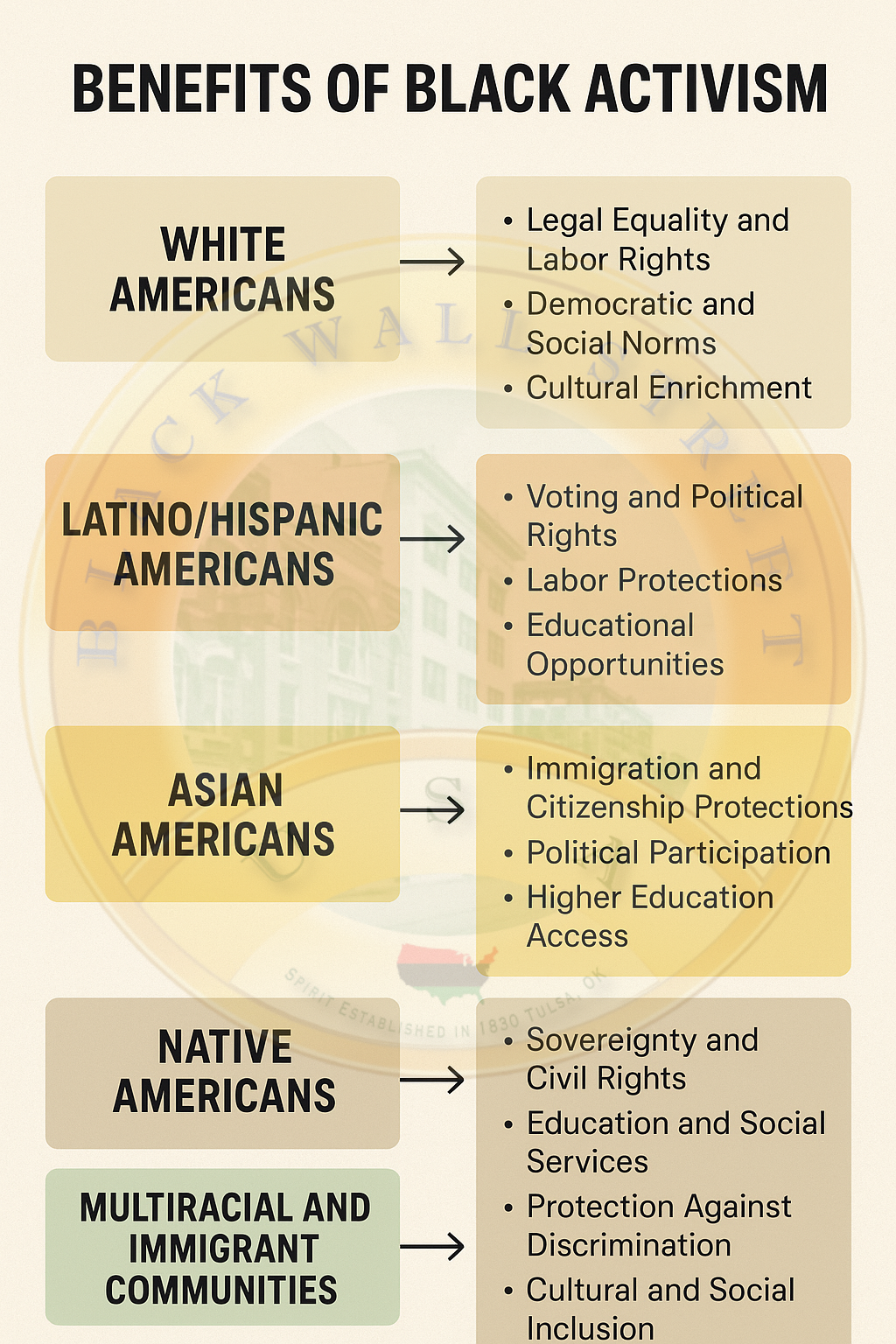
The myth of California as a beacon of freedom, innovation, and egalitarianism must be reexamined in light of this history. From Indigenous genocide to African enslavement, from Chinese exploitation to present-day prison labor, the state's prosperity has always come at a cost borne by the most vulnerable. Corporate wealth, public infrastructure, and cultural dominance were all built in part on the backs of the enslaved, the colonized, and the marginalized. To understand California is to understand the ways in which slavery and its legacy have been denied, disguised, and perpetuated in new forms.
The legacy of slavery in California is not a footnote; it is a central chapter in the story of the state’s economic and social development. From the missions and the goldfields to the railroads and tech campuses, forced labor and racialized exploitation have been foundational. Corporate beneficiaries of this legacy, both historical and modern, owe a debt—not just to history, but to the living descendants of those who were exploited and dehumanized. Reckoning with this truth requires not only historical clarity, but moral courage. The future of California cannot be truly just until the ghost of slavery is not only acknowledged, but exorcised through systemic change, restitution, and a fundamental restructuring of power.
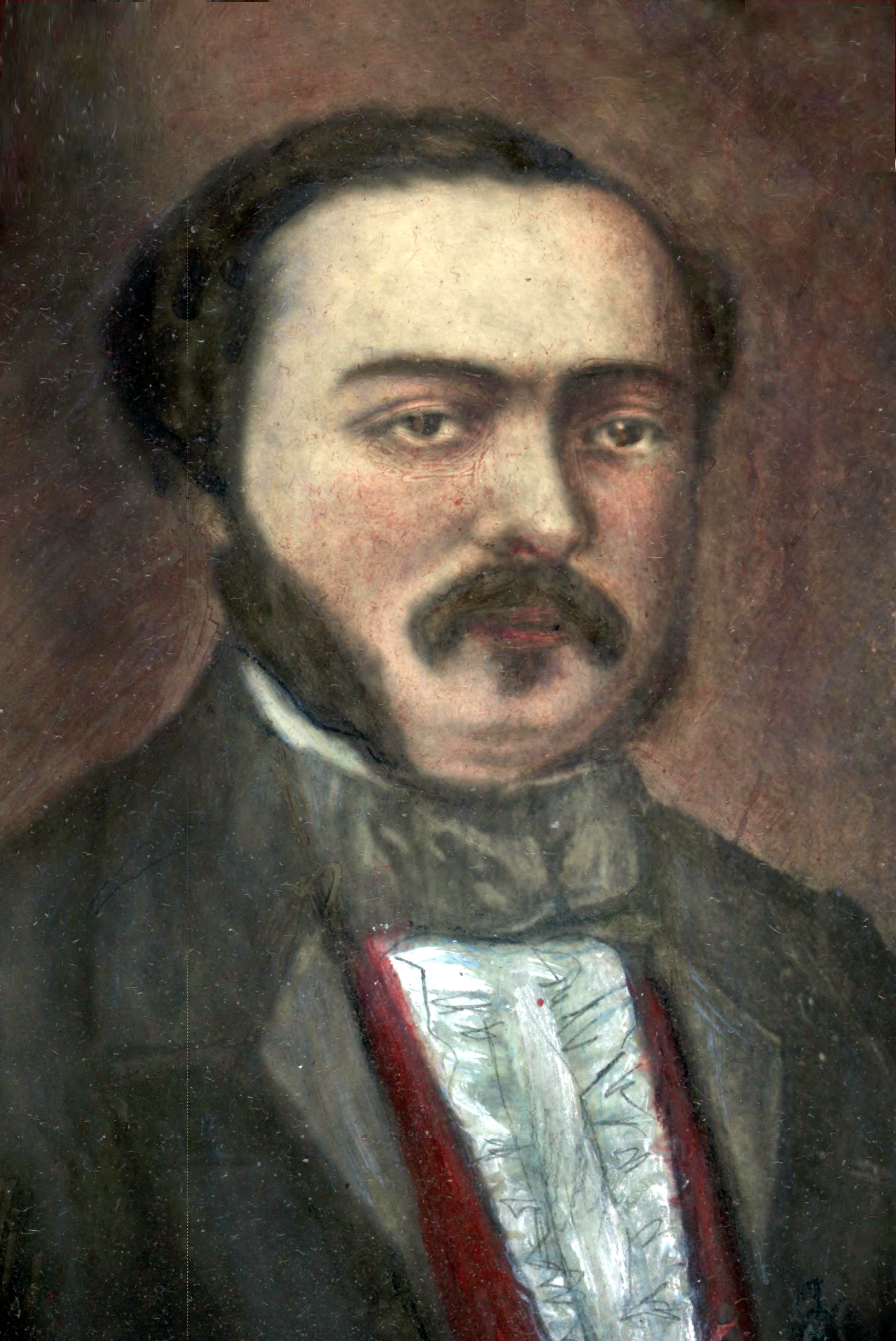
William Alexander Leidesdorff
African Founding Father of California
William Alexander Leidesdorff stands as one of the most remarkable, yet under-recognized, pioneers of early California. A man of African descent who rose to prominence in a volatile and transforming landscape, Leidesdorff helped lay the economic, civic, and diplomatic foundations of what would become the state of California. Born in 1810 on the Caribbean island of St. Croix—then part of the Danish West Indies—Leidesdorff was the son of a Danish Jewish sugar planter and a woman of African and Afro-Caribbean heritage. This multi-ethnic background would shape both the opportunities and limitations of his life. Although free and well-educated, Leidesdorff was constrained by the strict racial and social hierarchies of the Atlantic world. Early in his life, he moved to New Orleans, a cosmopolitan and racially complex port city, where he acquired American citizenship. There, he learned the intricacies of maritime trade and developed the skills that would eventually serve him well on the Pacific Coast.
Seeking opportunity beyond the confines of Southern racial stratification, Leidesdorff left New Orleans in 1841 and sailed for Alta California, then a sparsely populated territory governed by Mexico. He arrived in the tiny village of Yerba Buena, now San Francisco, at a time when the town consisted of little more than a few wooden shacks, a mission, and a handful of settlers. Almost immediately, Leidesdorff made his mark. He opened the town’s first hotel, which also functioned as a saloon and boarding house, laying the groundwork for the city’s hospitality industry. His entrepreneurial spirit did not stop there. He went on to establish San Francisco’s first commercial shipping warehouse, a lumberyard, and a thriving import-export business. In 1847, he launched California’s first steamboat, the Sitka, which operated between San Francisco and the Sacramento River, revolutionizing trade and transportation in the region. Through his maritime and mercantile operations, Leidesdorff played a pivotal role in integrating California’s local economy with international markets.
Leidesdorff’s influence was not confined to the realm of business. He swiftly became a major figure in civic affairs, gaining the respect of both Mexican and American authorities. In 1844, he became a naturalized Mexican citizen, a necessary step to receive land grants under Mexican law. Shortly thereafter, Governor Manuel Micheltorena granted him a vast tract of land—Rancho Río de los Americanos—spanning over 35,000 acres near present-day Sacramento. This landholding, one of the largest in the region, extended along the American River and encompassed the future site of Folsom, California. At a time when most Black men in the United States faced bondage or discrimination, Leidesdorff stood as a landed aristocrat in a colonized frontier.
In the civic sphere, Leidesdorff’s contributions were equally groundbreaking. He served on the town council of Yerba Buena and was appointed treasurer of the municipality. As treasurer, he managed the community’s modest budget, helped draft municipal policies, and played a vital role in securing the first public school in California. His commitment to education and public infrastructure set a precedent for the development of San Francisco into a major American city. Additionally, he served as president of the first school board and played an integral role in laying the foundations of California’s educational institutions. It is a remarkable irony that a man of African descent was the first to help institutionalize education in a region that would later impose severe racial restrictions on African American residents.
Leidesdorff’s civic and commercial success attracted the attention of American political figures. In 1845, he was appointed as U.S. Vice Consul to Mexico at the Port of San Francisco, an extraordinary achievement for a man of color in a society increasingly shaped by racialized laws. As Vice Consul, he acted as a liaison between the United States and the Mexican authorities in California, helping to mediate political tensions during a crucial transitional period. His diplomatic role placed him in a delicate position during the Mexican-American War, which culminated in the American annexation of California. Nevertheless, Leidesdorff navigated these complexities with skill and loyalty, advocating for peaceful transitions and economic stability in the region.
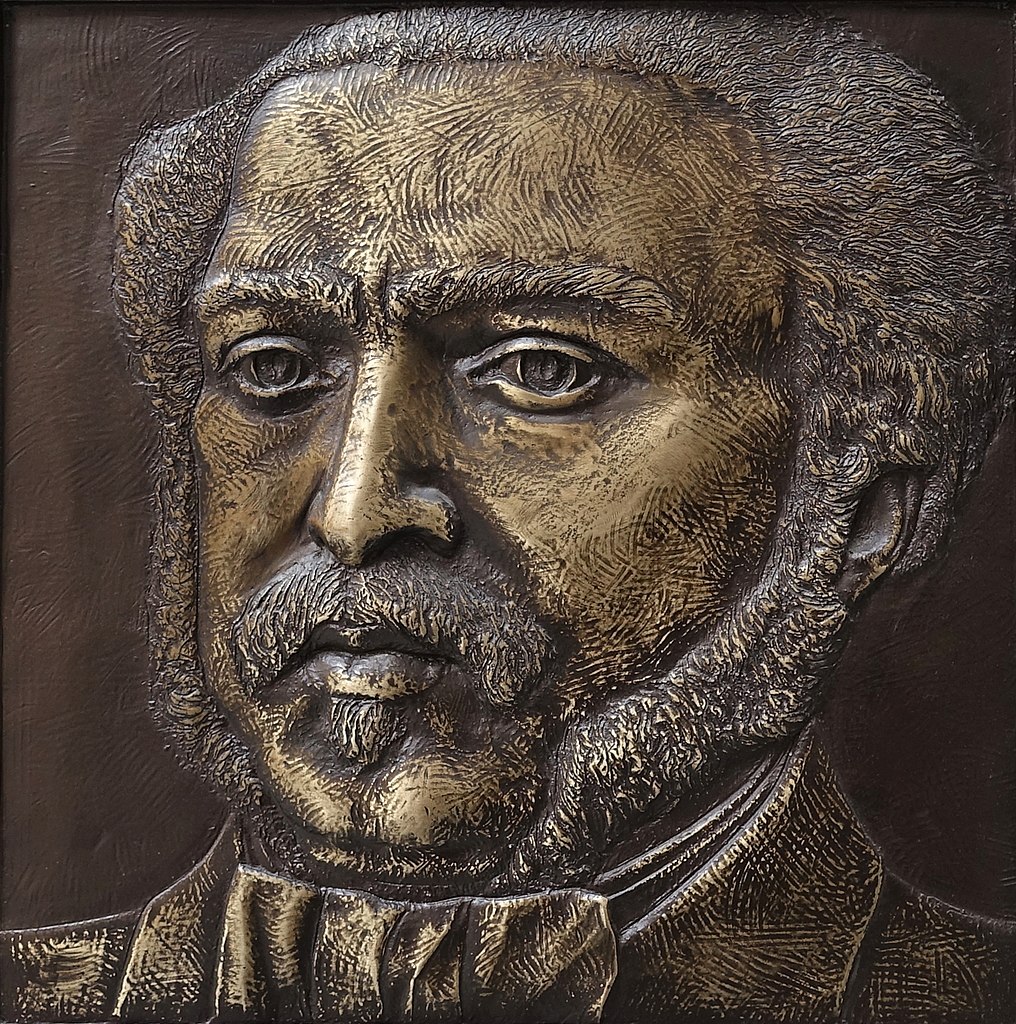
By 1848, Leidesdorff had become one of the wealthiest and most influential men in California. His vast landholdings, diversified business portfolio, and political roles made him an indispensable figure in the early development of the state. In fact, he was poised to become one of the major beneficiaries of the California Gold Rush, which began in earnest in January of that year when James Marshall discovered gold at Sutter’s Mill—just upstream from Leidesdorff’s Rancho Río de los Americanos. However, fate intervened before Leidesdorff could witness or benefit from the seismic economic transformation that followed.
On May 18, 1848, William Alexander Leidesdorff died suddenly at the age of thirty-eight. The official cause of death was listed as “brain fever,” a vague and antiquated term that could have referred to meningitis, encephalitis, typhoid fever, or even a severe stroke. The swiftness and mysterious nature of his death sparked rumors, though no formal investigation was conducted. Given his wealth and the strategic value of his land, some have speculated that foul play may have been involved, though no definitive evidence has ever surfaced. His funeral was one of the most elaborate public events San Francisco had seen up to that point. Businesses closed, flags were flown at half-mast, and a military procession accompanied his body to Mission Dolores for burial. His death marked the end of an era and the loss of one of California’s most visionary pioneers.
In the aftermath of his death, the fate of Leidesdorff’s estate became a matter of intense legal and political controversy. He had died intestate, without a will, and with no immediate heirs in California. News reached his mother, Anna Spark, in St. Croix, who was then elderly and living in modest conditions. Captain Joseph Libbey Folsom, an American army officer and opportunist, traveled to the Caribbean and convinced Spark to sell him the entire estate for a mere $75,000—a paltry sum compared to its actual value, especially after gold was discovered on the land.
Once Folsom secured title to the estate, he became one of California’s wealthiest men, and the city of Folsom, California, was later named in his honor. The transfer of wealth from Leidesdorff’s Black family to white settlers underscores the racialized legal structures that came to dominate California’s post-annexation economy. Although Leidesdorff had acquired wealth and status under Mexican rule, the American legal system quickly redistributed those assets in favor of white landowners.
Despite the erasure of his legacy during the rapid Americanization of California, Leidesdorff’s contributions have not been entirely forgotten. In the late twentieth and early twenty-first centuries, historians and cultural activists began to recover his story and highlight his foundational role in the making of California. The California State Legislature formally recognized him as the “African Founding Father of California,” and his name now appears on public schools, streets, and a stretch of State Highway 160. Public commemorations, historical exhibits, and scholarly biographies have worked to reclaim his place in American history.
Leidesdorff’s legacy is all the more remarkable given the racial constraints of his time. He lived at the intersection of multiple worlds—African, Caribbean, European, Mexican, and American—and thrived in each of them. His ability to navigate different legal systems, languages, and social hierarchies speaks to a cosmopolitan intelligence and resilience seldom acknowledged in narratives of American expansion. In many ways, he embodied a vision of California that was more inclusive, diverse, and globally connected than the one that emerged after statehood. His life offers a powerful counter-narrative to the dominant mythology of the American West, which often marginalizes the contributions of Black and Afro-Caribbean pioneers.
William Alexander Leidesdorff’s story is one of triumph, tragedy, and unfinished potential. He died on the cusp of the Gold Rush, a moment that would transform California from a quiet frontier into a global economic powerhouse. Had he lived even a few more years, he might have become one of the richest and most powerful men in the American West. Instead, his lands were taken, his name obscured, and his wealth transferred to others. Yet his foundational contributions—to commerce, education, diplomacy, and urban development—cannot be denied.
He laid the groundwork for the rise of San Francisco and helped to define what California would become. His life is a testament to the possibilities and perils of Black excellence in a world not yet ready to recognize it. As scholars and communities continue to reclaim the narratives of African Americans in the founding of the United States, Leidesdorff’s life deserves to be honored and remembered as a cornerstone in the complex mosaic of California’s history.

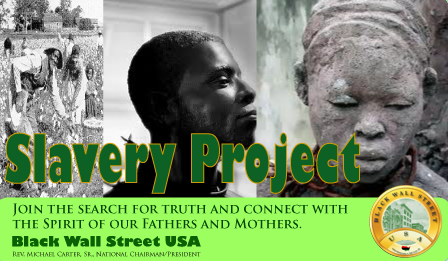
Alabama
Alaska
Arizona
Arkansas
California
Colorado
Connecticut
Delaware
Florida
Georgia
Hawaii
Idaho
Illinois
Indiana
Iowa
Kansas
Kentucky
Louisiana
Maine
Maryland
Massachusetts
Michigan
Minnesota
Mississippi
Missouri
Montana
Nebraska
Nevada
New Hampshire
New Jersey
New Mexico
New York
North Carolina
North Dakota
Ohio
Oklahoma
Oregon
Pennsylvania
Rhode Island
South Carolina
South Dakota
Tennessee
Texas
Utah
Vermont
Virginia
Washington
West Virginia
Wisconsin
Wyoming

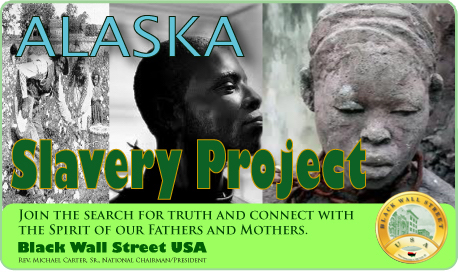
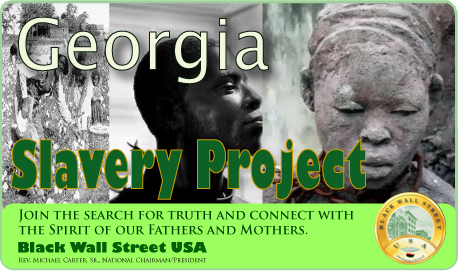

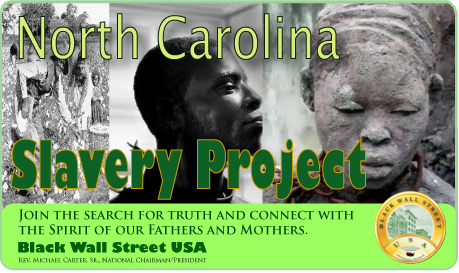
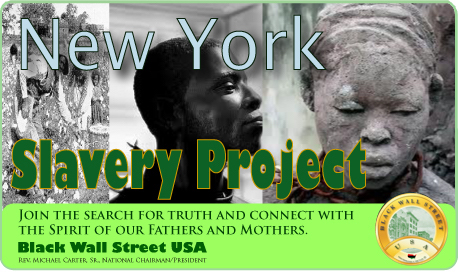

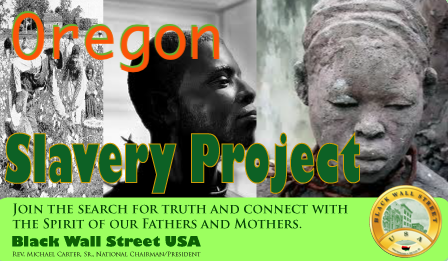

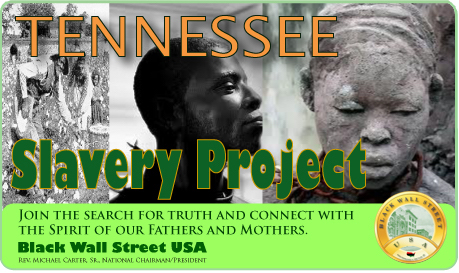
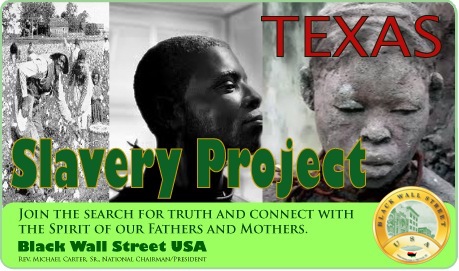
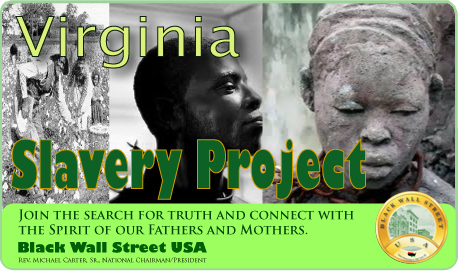


BlackWallStreet.org

Slave Records By State
See: Slave Records By State
Freedmen's Bureau Records
See: Freedmen's Bureau Online
American Slavery Records
See: American Slavery Records
American Slavery: Slave Narratives
See: Slave Narratives
American Slavery: Slave Owners
See: Slave Owners
American Slavery: Slave Records By County
See: Slave Records By County
American Slavery: Underground Railroad
See: American Slavery: Underground Railroad

